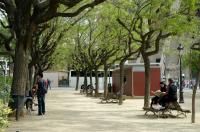The alarm went off and I could have thrown it through the window if it had been open.
We all looked a little worse for wear this morning, after flamenco last night.
Legend attributes the Carthaginian foundation of Barcino to Hamilcar Barca, father of Hannibal. About 15 BC, Romans redrew the town
as a castrum (a Roman military camp) centred on the “Mons Taber”, a little hill nearby the contemporary city hall (Plaça de Sant Jaume).
The Roman Colonia Julia Augusta Faventia Paterna Barcino was outshone by the province’s capital Tarragona but some important Roman remains
are exposed under the Plaça del Rei, entrance by the city museum, Museu d’Història de la Ciutat and the typically Roman grid-planning is
still visible today on the map of the historical centre, the Barri Gótic (“Gothic Quarter”). Some remaining fragments of the Roman walls
have been incorporated in the cathedral butted up against them [1]; the basilica La Seu is credited to have been founded in 343.
The city was conquered by the Visigoths in the early 5th century, by the Moors in the early 8th century, reconquered from the emir in
801 by Charlemagne’s son Louis who made Barcelona the seat of Carolingian “Spanish Marches” (Marca Hispanica), a buffer zone ruled by the
Count of Barcelona. Barcelona was still a Christian frontier territory when it was sacked by Al-Mansur in 985.
Off on a city tour this morning, a little overcast, and the aussies and kiwis are cold – it’s about 16 this morning, I thought they tougher than that.
We went down to the gothic section.
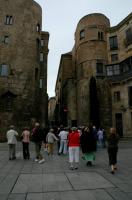
Wandered around looking at very old buildings
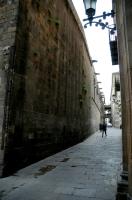
There are some beggars here, more than in Madrid.
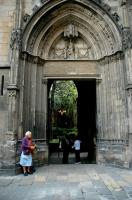
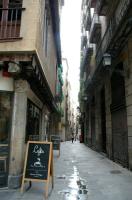
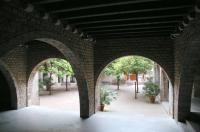
And of course what is a city tour without a visit to a Catherdral – the Caterdral Barcelona
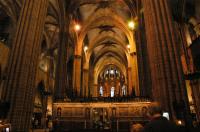
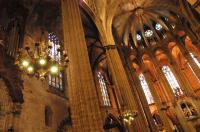
Back on the bus an over to the Cathedral that is still being built –
The Sagrada FamÃlia was planned in the late 19th century and construction work, under the supervison of Antoni GaudÃ,
commenced in the 1880s. After disagreements between the founding association and the original architect Francesco del Villar,
Gaudà was assigned the project in 1883 and created an entirely new design.
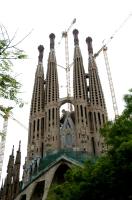
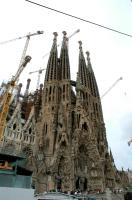
We wandered around the outside, the inside is full of scafolding and workmen. Talk about slow, it has been under construction
since the 1880’s.
